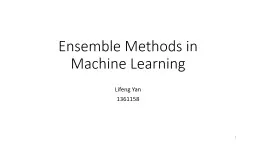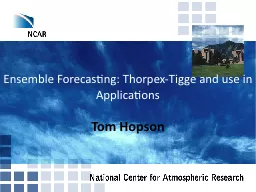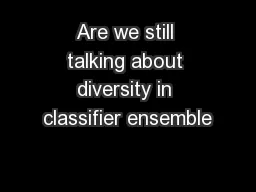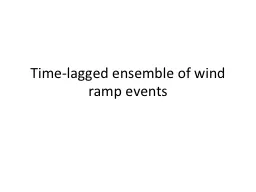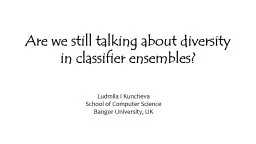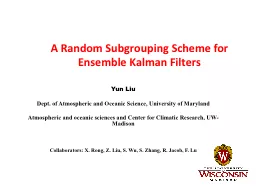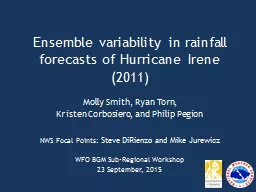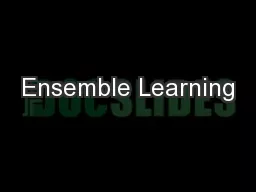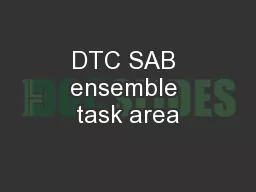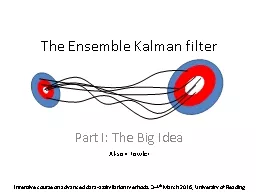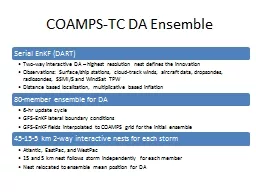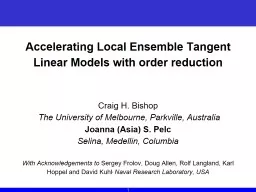PPT-Ensemble Methods in Machine Learning
Author : calandra-battersby | Published Date : 2017-03-30
Lifeng Yan 1361158 1 Ensemble of classifiers Given a set of training examples a learning algorithm outputs a classifier which is an hypothesis about the true
Presentation Embed Code
Download Presentation
Download Presentation The PPT/PDF document "Ensemble Methods in Machine Learning" is the property of its rightful owner. Permission is granted to download and print the materials on this website for personal, non-commercial use only, and to display it on your personal computer provided you do not modify the materials and that you retain all copyright notices contained in the materials. By downloading content from our website, you accept the terms of this agreement.
Ensemble Methods in Machine Learning: Transcript
Download Rules Of Document
"Ensemble Methods in Machine Learning"The content belongs to its owner. You may download and print it for personal use, without modification, and keep all copyright notices. By downloading, you agree to these terms.
Related Documents

